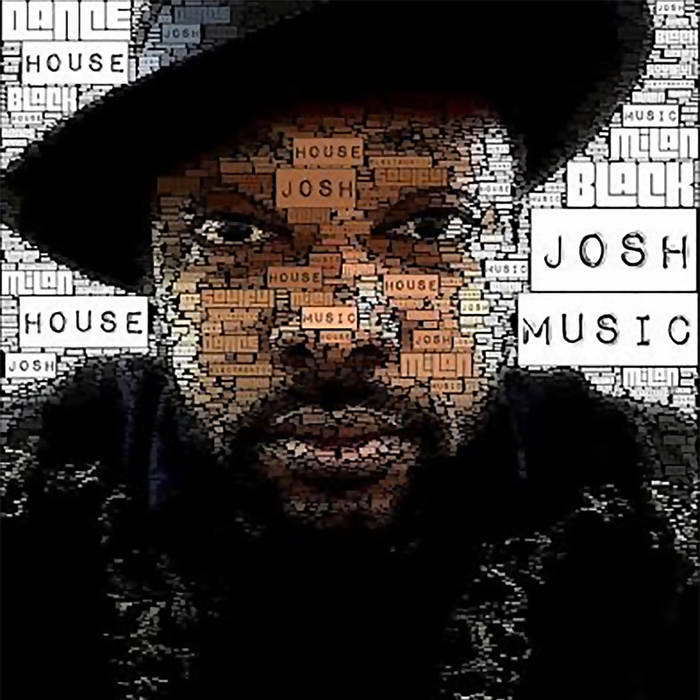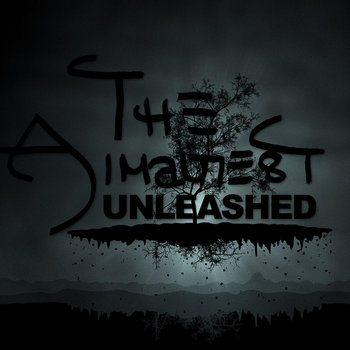
Written by Glenn Peoples — The music industry seeks new rules that would take down -- and keep down -- infringing content. Tech feels differently.
In 1998, Congress created a framework to limit the liability of the then-nascent digital service providers in the nascent digital entertainment businesses. Now, 18 years later, that framework -- the Digital Millennium Copyright Act (DMCA) -- has come under attack on all side from the music industry.
Last week, a flurry of comments were filed with the Copyright Office regarding the ways digital services handle infringing content. The parties lined up according to their affiliation. On the creative side, organizations and companies representing recording artists, songwriters, their managers, record labels, music publishers and performance rights organizations -- the list of artists signing letters to the Copyright Office spans eras and genres. Superstars such as Christina Aguilera, CeeLo Green and Pete Townshend, and independent-label artists like Tift Merrit, Yuka Honda and Hayes Carll, were among the signatories to letters submitted to the DoJ.
On the other side, contrasting views from digital trade groups such as Digital Media Association (DiMA), Computer & Communications Industry Association (CCIA), Internet Association and Public Knowledge. These groups' members include Google, Facebook, Amazon, Spotify and Pandora (the two music services did not submit their own comments).
The average person couldn't name the DMCA, but they have no doubt felt its impact. You may or may not recall a particular YouTube video that showed a baby dancing as Prince's "Let's Go Crazy" played in the background. In 2007, the video was flagged for infringement and YouTube was duly sent a take down notice. Public uproar ensued. The person that uploaded the video claimed it was protected by the "fair use" exemption to copyright infringement. Last year, a federal court ruled copyright owners -- Warner Music Group in this case -- must take fair use into consideration before sending a take down notification to YouTube or any other digital service provider. That decision placed further burden on copyright owners.
Spurred by their often fruitless efforts to fight piracy, music's creative community is seeking a change to Section 512 of the Digital Millennium Copyright Act, which lays out the "safe harbor" provisions, which dictate how a digital service provider like YouTube is protected from copyright infringement by its users, and lays out the steps it must take to deal with that infringement. Of particular concern to the music industry is the system for removing allegedly infringing content; rights holders or their agents must issue a takedown notice, and that notice must be "expeditiously" handled by the service.
To most people in the music industry, the DMCA is considered a constant problem and a blunt tool that needs sharpening. The industry has forced numerous companies out of business: streaming service Grooveshark; peer-to-peer services LimeWire and Grokster; and cyberlocker service Megaupload, to name just a few. The number of legal services, and overall streaming revenues, are on the rise. Yet illegal streaming and download sites continue to proliferate. Even licensed services are seen as problematic.
Not so fast, say technology companies. Tech trade group DiMA encourages the Copyright Office to consider changes to the DMCA "with considerable caution." Rather than squash piracy, changes could "chill" innovation and shift piracy to other quarters. Both DiMA and CCIA laud the DMCA and point to its having helped create the fast-growing music streaming market and direct venture capital to streaming companies.
The music community's biggest complaint centers around the "notice and take down" process (which must be handled, remember, "expeditiously"). Rather than remove a composition or recording's digital "signature," a service is required only to respond to take-down notices corresponding to a specific URL. Once that URL is removed, the same recording can reappear at the same service but with a different URL. In turn, rights holders issue a new take-down notice, and so on.
To combat these reappearances, an issue commonly referred to as "whack-a-mole," artists and rights holders want the "notice and take down" requirement to be replaced with a stronger "notice and stay down" rule. Such an approach, the music industry believes, would shift some of the burden of policing piracy to online services.
But permanently removing content can have unintended consequences, tech companies say. The CCIA believes the current processes "sufficiently address" re-uploaded content, and a change "risks censoring legitimate uses." Preventing reappearances might prevent permissible uses under fair use, like cultural criticism or parody. (For an example of cultural criticism, see music writer Grady Smith's video montage -- exempted because it skewers the sameness of lyrics and themes in country music.) Besides, the CCIA later argued, services have implemented repeat infringer policies "far more rigorously than is required by law."
DiMA argued for voluntary agreements, not statutory solutions, to reform safe harbor. It argued that a "notice and keep down" rule would put services "in the untenable position of having to make arbitrary determinations as to the ongoing relationship between third parties (i.e. users and copyright owners) who make use of DMCA covered services."
Creators and rights holders across the board are frustrated with the number of take-down notices required to police services and search engines. The RIAA claims to have sent "repeat notices of infringement" for over 6,500 tracks to 4shared.com in January and February alone. It claims that 97 percent of those notices were for songs that already had a take-down request. These notices are piling up; over the last year, RIAA member companies have sent take-down notices to Google for 10 million unique URLs at over 3,300 different domains, according to the Google Transparency Report. In March, Google told Billboard that it had "reviewed more than 80 million alleged links to pirated content in the last month alone."
One letter to the Copyright Office blames YouTube -- not mentioned by name -- as having "swallowed up almost every other form of listening, while paying among the lowest royalties in the business," an increasingly common complaint from creatives. In accusing YouTube of poorly monetizing streams of music videos, critics are pointing to a meteoric increase in streaming activity that hasn't had a commensurate gain in ad-supported revenue. The culprit is, allegedly, a decrease in the number of video streams that carry advertising, a significant problem if YouTube is pulling traffic away from other licensed services.
Recording industry revenue figures bolster this criticism. Last year, U.S. revenue from on-demand services like YouTube and Spotify rose 47 percent, according to the RIAA, while Nielsen Music tracked a 100 percent increase in the number of those streams. Revenue from ad-supported, on-demand services -- YouTube is almost entirely ad-supported -- rose just 31 percent.
And what about the people that upload content, such as music videos, to online services? The submitted comments address them, too. Public Knowledge shows concern that uploaders aren't always well served by the current notification system. As for repeat offenders, Public Knowledge calls current policies "reasonable" but believes only "a court of competent jurisdiction" should determine who should be classified as a repeat offender. The RIAA and other trade groups call current repeat offender policies "meaningless in a world of anonymous uploading."
The comments touch on many more issues, many of them arcane legal concepts understood only by experts. But anybody who reads them will understand there are two sides with vastly different opinions on the framework that governs many online services. Through either legislation or voluntary agreements -- or maybe both -- a middle ground exists somewhere.
Click here to read from this article's source.












































